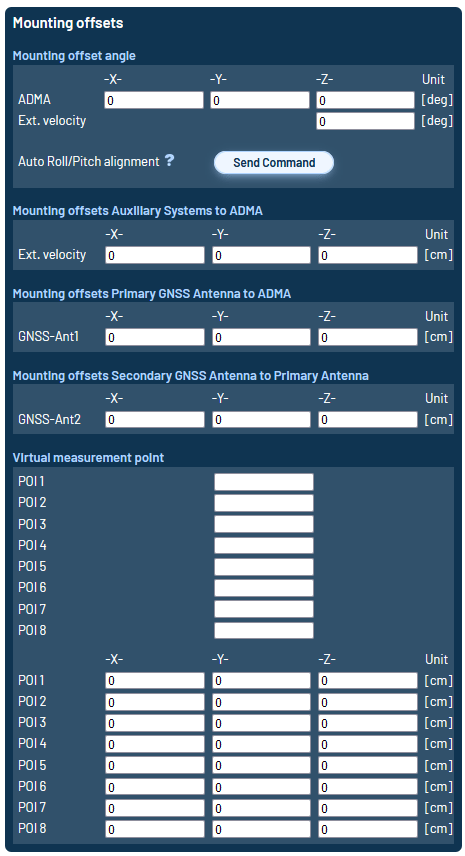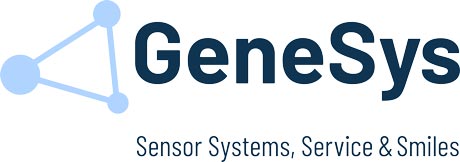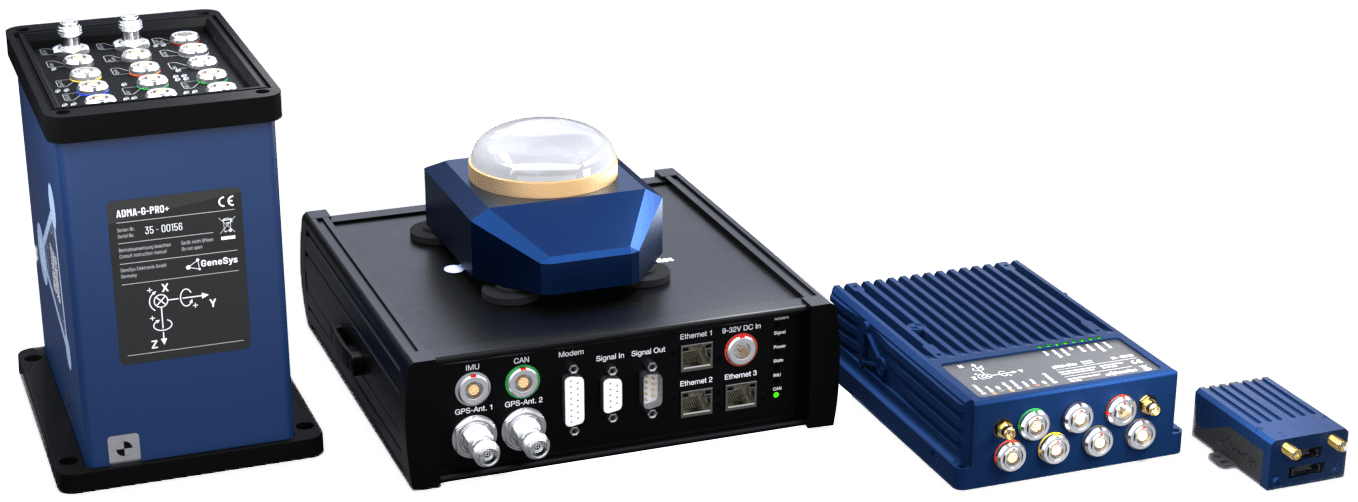The following article explains the theoretical background of the system relevant parameters. There are seperate articles that contain more precise information about the configuration itself.
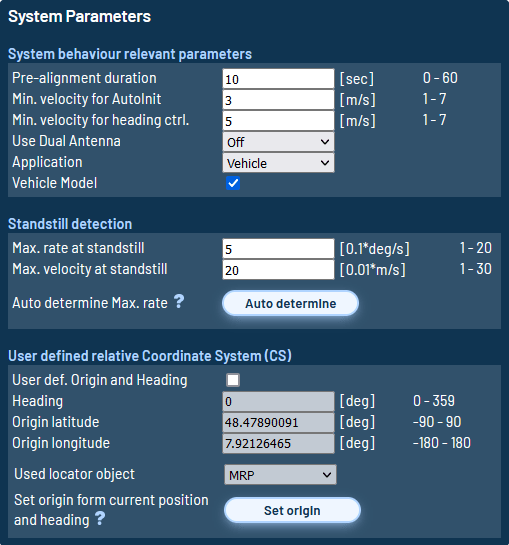
Pre-alignment duration
When starting the ADMA measurement, the system needs to define the horizon of the measurement data. Therefore, the device measures the acceleration and rate values within the pre-alignment time span and calculates the horizon. The default value of 10 seconds fits almost every usecase.
Min. velocity for AutoInit
The min. velocity for AutoInit value defines the velocity, when the kalman filter initializes. In case of single antenna usage, the INS Yaw (Heading) will be synchronized to the GNSS Course over ground at this time. In case of Dual Antenna usage, the INS Yaw gets initialized at the start of the ADMA measurement. Exceeding the AutoInit treshold is indicated by the status Heading Executed.
Min. velocity for Heading Control
The min. velocity for heading ctrl. defines the velocity, when the INS Yaw gets compared to the GNSS Course over ground and corrected if necessary.
Application
In Vehicle mode, heading changes are not possible as the vehicle requires acceleration for turning. Therefore, the INS Yaw remains fixed when the vehicle is at a standstill. On the other hand, in Backpack mode, the INS yaw is not fixed at standstill, allowing the VRU signals to change their heading consistantly.
Vehicle Model
Enables a vehicle model, which is used in GNSS outage situations. This prevents jumps in all axes and reduces the drift behavior of the system. It can only be operated in combination with the Application set to Vehicle.
Standstill Detection
The accurate detection of standstill is crucial for the proper execution of optimization features by the Kalman filter. Standstill detection is dependent on the vehicle and requires adaptation to account for vehicle movements and noise at rest. This adaptation can be achieved manually by monitoring the online output data of rates and accelerations, or automatically by utilizing the Auto determine max. rate function.
Relative Coordinate System
To ensure accurate relative position data, it is necessary to set the origin of the relative coordinate system. This can be achieved either manually or by utilizing the Set origin from current position and heading function. The function allows for flexibility in choosing various measurement points, including the option to use the GNSS antenna MRP. Therefore, the antenna can be positioned at the desired origin location to execute the function effectively.
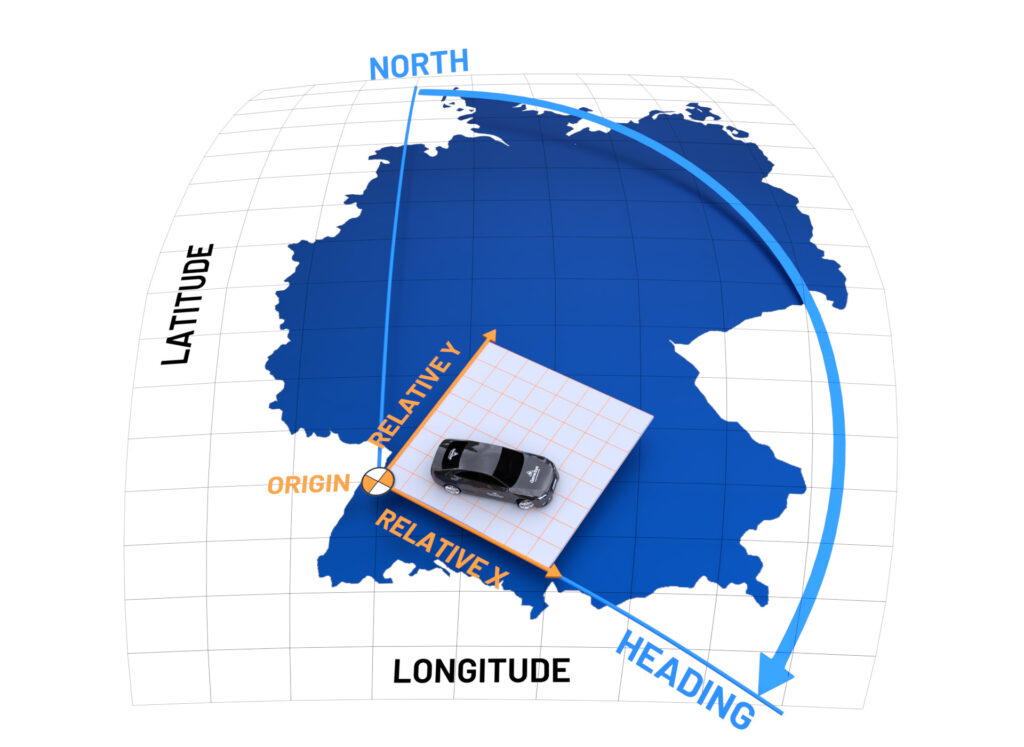
Mounting Offsets
For using a GNSS aided inertial system, it is necessary to tell the kalmanfilter the offsets between the measurement cenvers of the sensors and the GNSS receiver. Specifically, the offsets between ADMA and the GNSS antenna hold significance for accurate and valid measurements.
